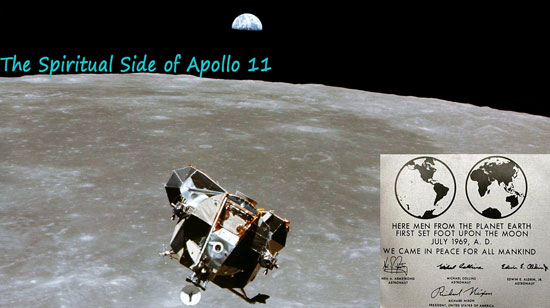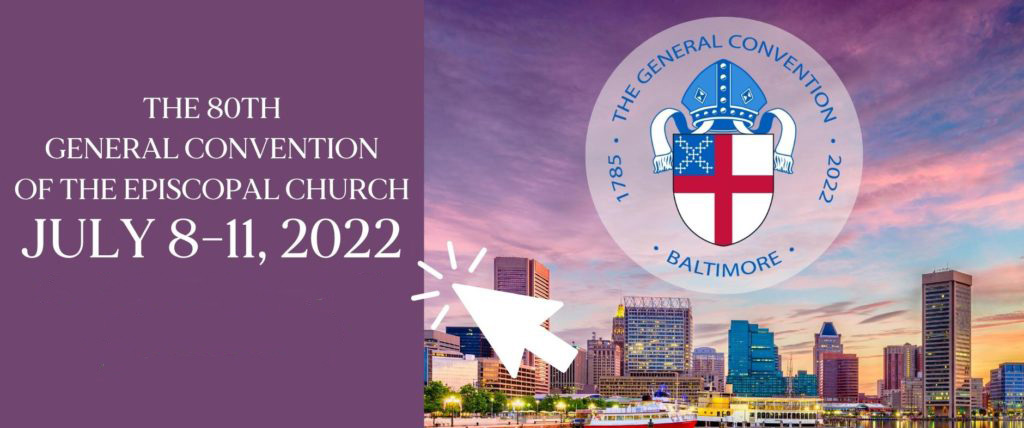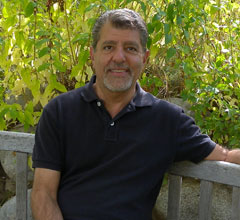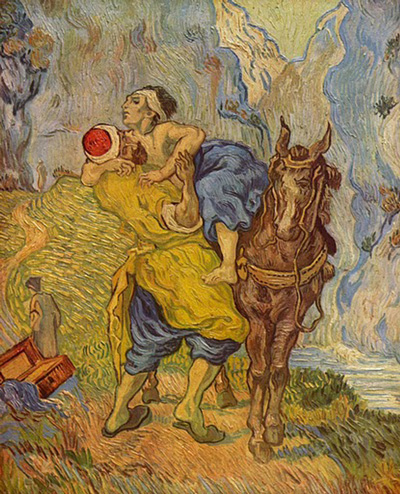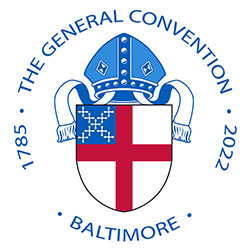Another famous story from Luke. The Gospel reading is here.

“”The Lord’s Prayer” -Psalter (2008)
The Lord’s Prayer is both in Matthew and Luke. Luke’s version is probably older since it is shorter. There are also a few differences in word choice (“sin” instead of “debt/trespass,” for example)
Luke puts a greater emphasis on prayer than the other gospels. -Jesus is praying at his baptism before heavens open (3:21) -Jesus spends the night praying to God before selecting the twelve (6:12) -Jesus is praying before he asks the disciples, “Who do the crowds/you say that I am?” (9:18) -Jesus is praying on the mountain before the transfiguration. (9:28, 29) -Jesus is praying before the disciples ask him to teach them to pray. (11:1)
It may be that Luke was writing to a group of people unfamiliar with Christian/Jewish prayer, so he emphasizes the importance of prayer as he moves among the gentiles.
The contexts for the Lord’s Prayer in Luke and Matthew are quite different. The audience in Matthew (6:5-15) seems to know about praying. Jesus says, “When you are praying,…” They seem to know how to pray and the importance of prayer, but they need further instructions about prayer. In Luke, the audience, (including the disciples,) don’t know how to pray (at least as Jesus’ followers).
The disciples (and Luke’s readers?) ask Jesus to teach them to pray.
There is a reference to John the Baptist. John’s disciples were known for certain practices, such as prayer and fasting (5:33). These practices served as markers for their identity as John’s followers. Jesus prayer also puts an identity on us as Christians. The prayer is intended to be communal, rather than personal. Note also the plural pronouns in the prayer: “our” and “us.” The Lord’s Prayer is a list of those “good gifts”, gifts we may ask of God in the sure knowledge that they are ours in the asking.
Clift Notes version – “God is Holy. Ask for God’s kingdom – reign over all things to become a reality in your life and in your world. Live simply; one day at a time. Stay humble and ask pardon for your wrongdoings. Offer pardon to others just as you want that for yourselves and ask for help to stay out of trouble. When you live with these things uppermost in your life, you will begin to live in God’s kingdom with the help of the Holy Spirit to help you”
There are five key words in the prayer 1. Relationship 2. Hope 3 Nourishment 4 Reconciliation, 5 Peace
1. “Our Father in heaven” – “Relationship”
Possibly the most important one is relationship. Prayer is a relationship — as an intimate, loving, caring parent/child relationship. Jesus begins his prayer with the expectation of close relationship with God. The intimate relationship with God and becomes a model we should have with others. Rather than saying something like “Almighty God, Lord of the Universe,” Jesus starts with a familial word. By addressing God as “Father,” Jesus tacitly shows himself to be in the role of child. And because he is teaching his prayer to his friends, he lets them and us know that we, too, are God’s children.
When we think of prayer we think of asking – and that get’s back to understanding our fundamental dependence on God. When we ask God for something in prayer, we acknowledge both that our need and God’s goodness and mercy God’s presence can often change you as it brings their comfort and love to the situation — and perhaps you are better able to accept what lies in the future with their support. You can live with the uncertainty of the “we’ll see” answer.
Prayer is the presence of God — not that God will always change the situation, but knowing that God is with you, that God is going through the tragedy or suffering or depression or even death with you, not as a far off God, way out in space, but as your very close and loving father.”
“Hallowed be thy name” Hallowing means respecting, treating as holy. This is fundamental to our relationship with God and to all other relationships. Acknowledging the holiness, the dignity, the otherness of the other
Joel Green in The Gospel of Luke also comments on this petition: “Why must God sanctify his name? Because it has been profaned by God’s own people (cf. Lev 22:32; Isa 52:5-6; Ezek 36:29-21). God’s work to reestablish the holiness of his name, then, invokes shame on the part of his people and invites them to embrace practices that honor him
2. “Your Kingdom Comes” – “Hope”
Your kingdom come, your will be done, on earth, as it is in heaven.
It has to do with the “reign of God” coming to earth. This asks for an end to life on earth as it is, and end to all oppression, injustice, and unrighteousness, and instead for God’s realm to replace all earthly rulers and rule. The early Christians were very familiar with this.
With the words “Your kingdom come,” Jesus introduces hope into the prayer. Hope is about the future. When we hope, we begin to expect that the boundaries of possibility are far wider than we once supposed. When we pray for the coming of the kingdom, we show our willingness to participate in the advent of that kingdom here
Our eucharist remembers the image of that kingdom as a great feast where all are included focused on a life broken and poured out in compassion
3. “Give us this day our daily bread” – “Nourishment”
This section and the next focus on needs fundamental to every human and what is necessary to realize this Kingdom of God now.
Nourishment that sustains us just for this day – not yesterday, which is past, nor tomorrow, which is yet to come, but right now. When we pray for sustenance today, we remain grounded in the present moment, the moment in which we can encounter God moving in our lives. Nourishment today helps us hope for tomorrow, and sustains us to continue walking the path with Christ.
“Give us each day our daily bread” may be a reference to the manna, the bread from heaven, that was provided enough for each day during the 40 years in the wilderness between the time of fleeing slavery in Egypt and entering the promised land. ( Exodus 16.). And it is what is needed for service. And it may be a reference to the feast yet to come in the future life to come. But it most certainly addresses the very real and present concern of Jesus’ followers – to have enough to eat that day
4. “and forgive us our debts, as we also have forgiven our debtor” -“Reconciliation”
“Not forgiving is like drinking rat poison and then waiting for the rat to die.” – Anne Lamott
Forgiveness is the action we take in the present to participate in the coming of the kingdom. Nourishment sustains us in the present. Hope drives us to the future. And a close relationship with God allows us to pray
We ask for forgiveness, and at the same time we make a commitment to forgive others. It is when we serve God imperfectly. That we can forgive a little reminds us that God can forgive much.
Forgiveness is in the present tense – it is continual. The word forgiveness means “release” or “letting go.”
People would have understood the reference to debt which was devastating on the people. Debt is control. When the Romans conquered the region, they claimed they owned all the land and promptly started charging people rent. People who, heretofore, were living and farming their own land found themselves burdened with debt. Debt was a way in which the conquerors continued to afflict the conquered.
In forgiving the debts of others, the followers of Jesus reject the power to coerce others. “Release” of debt was a way of living out the reign of God on earth. Forgiving others, both sins and debts, is a sign of the coming kingdom. Disciples who do so “get it,” and they request the same from the Father.
The “forgiveness” we are invited to extend to others is not a personal well-wishing; it is changing the material circumstances of the poor such that they and their families no longer teeter on the brink of disaster, but can earn their living by their work. And we as Jesus’ followers are taught to ask God to extend mercy toward us in our sin precisely to the degree that we extend mercy toward others with our wealth and our power.
5. “And lead us not into temptation, but deliver us from evil. – “peace”
This is the fear, the fear of being tested. But we are encouraged to send this fear up to God. And the thing that occupies the space left by that fear is peace. This peace frees us from the worry that might keep us from praying in the first place.
We will always be tempted and will often fall, but Jesus promises that no temptation, test, or trial has the power to destroy our faith. Let us not be overwhelmed
The sense of the petition seems to be that God not make life any more difficult than it already is: “Dear God, don’t give us more than we can bear.”
->Parable of the Friend At Midnight – Persistence
The “Lord’s Prayer” is only the beginning of Jesus response to the prayer request. The last verses emphasize how much more God will give in this parable.
Summary -A friend comes calling for bread at midnight when you are asleep with your family. The sleeper at first declines but due to the persistence of the friend he gets up and provides.
This parable, which is only found in Luke, is connected to the previous prayer by the words for “bread” and certainly the idea of testing. How could the sleeper ask God to “give us each day our daily bread,” and then fail to give that bread to one of those for whom he has asked God to provide?
Is the friend shameless for asking at midnight or would the sleeper be shameless for not supplying the request. Most authors suggest the latter. Honor which was important at that time demanded that a neighbor get up, awaken his whole family if necessary. The neighbor is shaming the sleeper whose honor was at stake.
Like the person who keeps knocking and knocking to get his friend to come to the door, Jesus tells us that persistence is the key to prayer. Just like improvement in sport comes through constant training, practicing prayer makes the act of praying second nature (or perhaps, even first nature).
God unhesitatingly meets his obligations when asked; he is always found by those who seek him and will immediately open himself up to those who approach him.
How much more will God give than these sleeper ?
The last paragraph “Ask, and it will be given you; search, and you will find; knock, and the door will be opened for you” – blessing
This goes back to the idea of persistence and note it is in the present tense. The image is with a young child badgering his parents until she/he gets what is wanted. God is compared to a human father. If human fathers give good gifts to their children, how much more will God do? So what are the good gifts ?
Luke tells us that the good gift is the “Holy Spirit.” Matthew just leaves it as “good things.” The gift of the Holy Spirit to the believer does not just entail the gift of the personal presence of the Spirit of Christ in the life of a believer, but all the promised blessings that flow from our union with God through the Spirit. The “good gifts” are the promised blessings of the kingdom, not the presumed needs of believers.
This scripture also prepares the readers for the events and Pentecost and the Spirit’s work throughout the Book of Acts.
Let’s bring it all together. The persistence in defining a close relationship with God, hoping for the future, finding nourishment for the present, reconciling and asking for forgiveness, and discovering peace leads us into deeper faith in God. Through prayer, we participate in God’s movement in our lives, and our persistence helps us notice God’s blessing in our lives.




